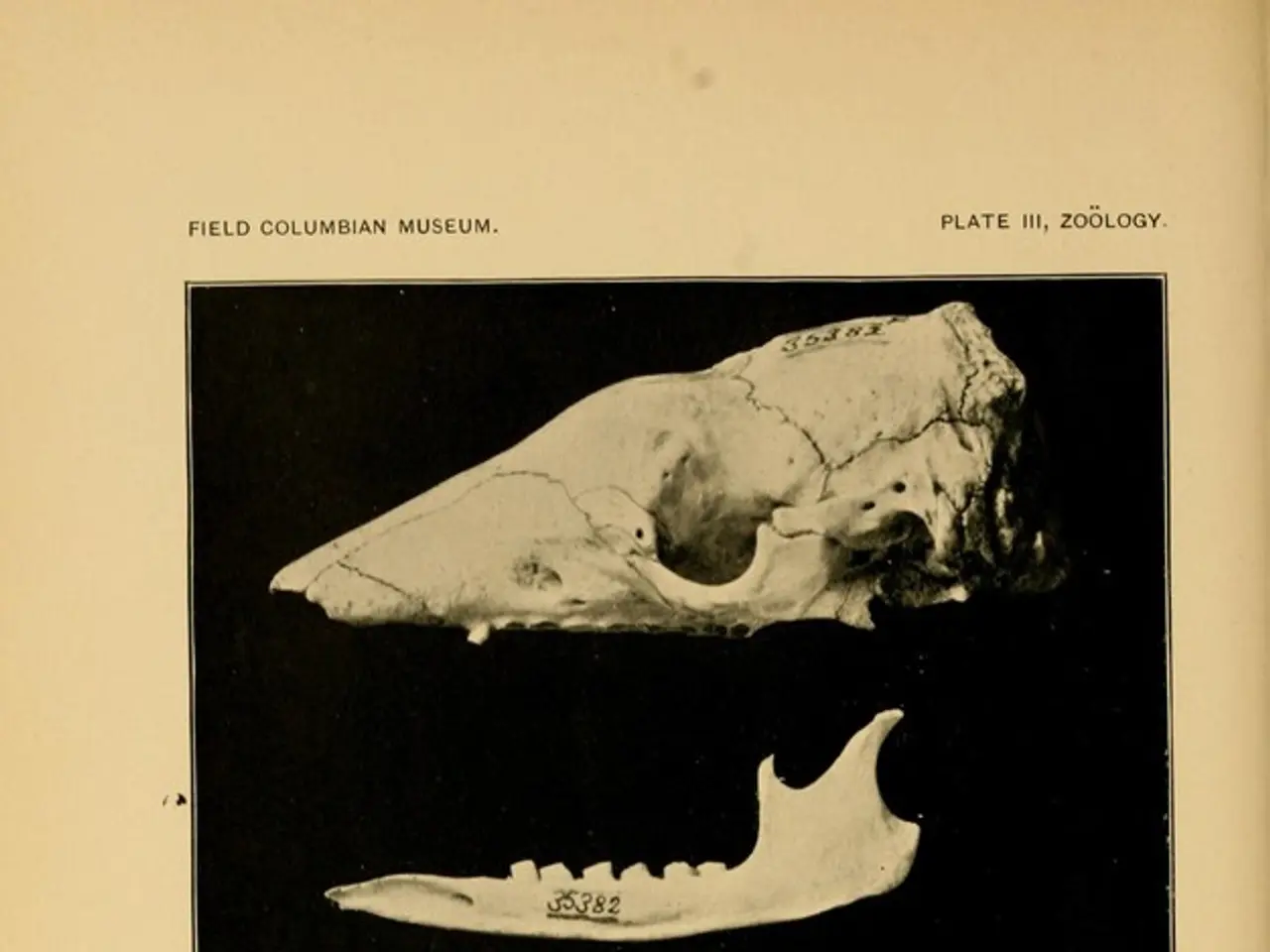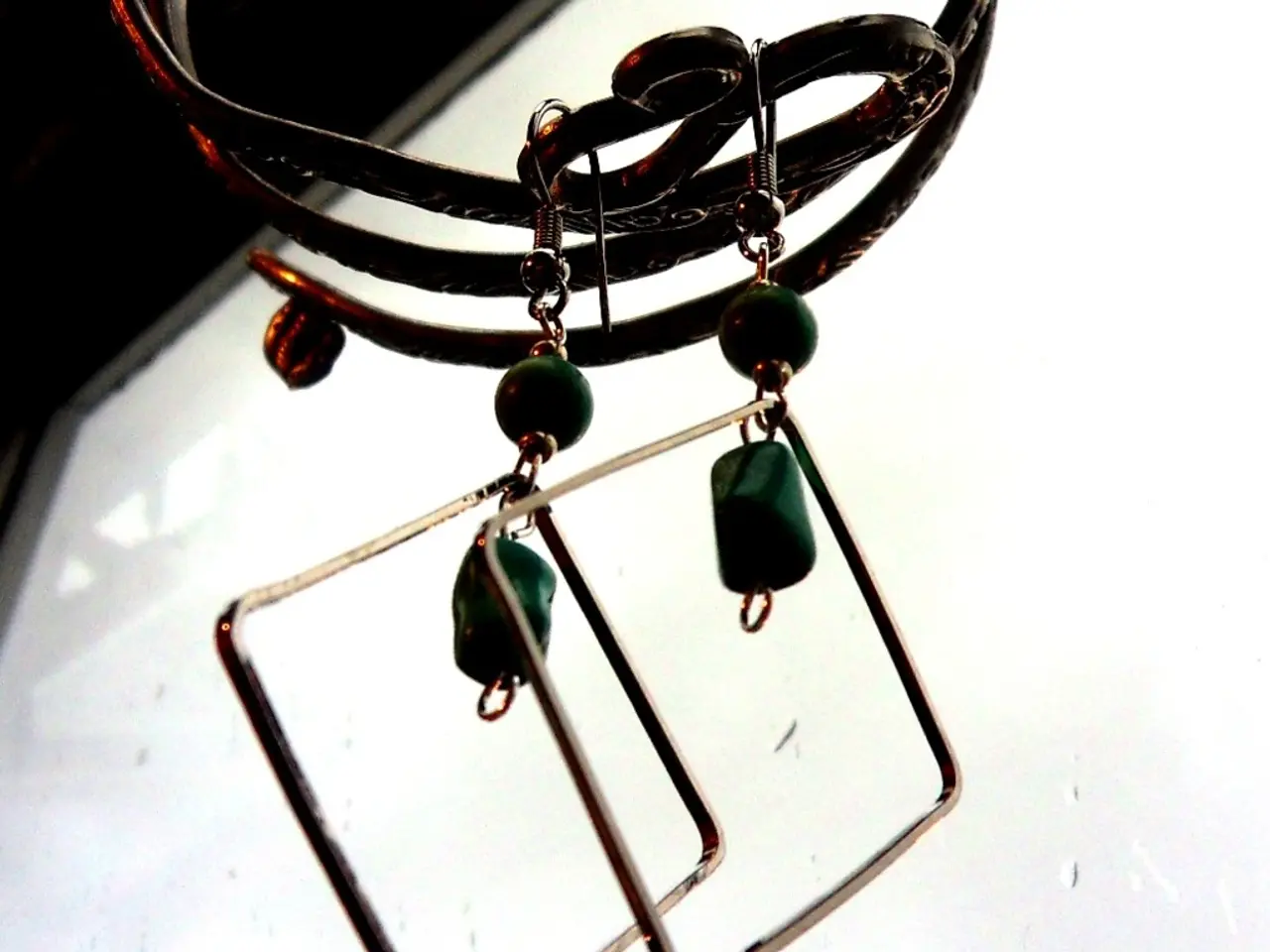Translating clock bushings refers to replacing or servicing the bushings - the compact, flexible insulator formation - within a mechanical clock, aiming to ensure accurate and smooth operation.
In the first part of our two-part series, we delve into the intricate process of repairing worn pivot holes in mechanical clocks. This process is essential for maintaining the smooth operation of these antique timepieces.
The process begins with careful measurement and preparation. The worn pivot holes are inspected, cleaned, and the clock's pivots are polished and measured to determine the correct bushing size for a snug fit.
If old or damaged bushings are present, they are removed using specific tools. The worn holes are then precisely drilled or reamed using a Bergeon Bushing Machine, ensuring a perfect fit for the new bushings.
New bushings, small brass tubes, are then pressed into the prepared holes. The Bergeon Bushing Machine drives these bushings evenly and straight, preventing damage to the plate. After installation, the bushings may be knurled or cut flush with the surface.
The pivots are then polished and lubricated with small, precise drops of approved clock oil to reduce friction and wear. This lubrication is crucial for the clock's wheels to mesh properly and the clock to run smoothly without excessive wear or slowing down.
The Bergeon Bushing Machine is instrumental in this process as it provides the accuracy and repeatability that manual tools alone cannot guarantee.
Bushing is an integral part of movement servicing and extends the life of a clock movement. Regular servicing of a mechanical clock movement is important to ensure its proper function and extend its lifespan. Ideally, most clocks should undergo servicing every three to five years.
In our next article, we will discuss why it is necessary to bush pivot holes in mechanical clocks, the reasons for pivot wear, and the signs that indicate a clock may need bushings. We will also explore the alternative method of hand bushings using reamers and smoothing broaches, preferred by some clock-makers.
This series is inspired by an antique Mission style clock made by the Sessions Clock Co. of America in the 1920s, which our author found in a thrift shop in Pembroke, Ontario. The clock, like many others, was experiencing issues due to worn pivot holes.
In conclusion, the process of repairing worn pivot holes in mechanical clocks involves careful measurement, hole preparation using the Bergeon bushing machine, bushing installation, and precise lubrication. This process not only repairs the clock but also extends its lifespan, ensuring it continues to keep time accurately for generations to come.
In the realm of science and technology, vintage clocks such as the one from Sessions Clock Co. discovered in a thrift shop in Pembroke, Ontario, require regular health-and-wellness check-ups, including clock repair services. This includes the meticulous process of repairing worn pivot holes, a task that, when performed with the aid of tools like the Bergeon Bushing Machine, helps to maintain the smooth operation of these precious timepieces, making them not just functional but also a testament to the beauty of science and the engineering from the past.




